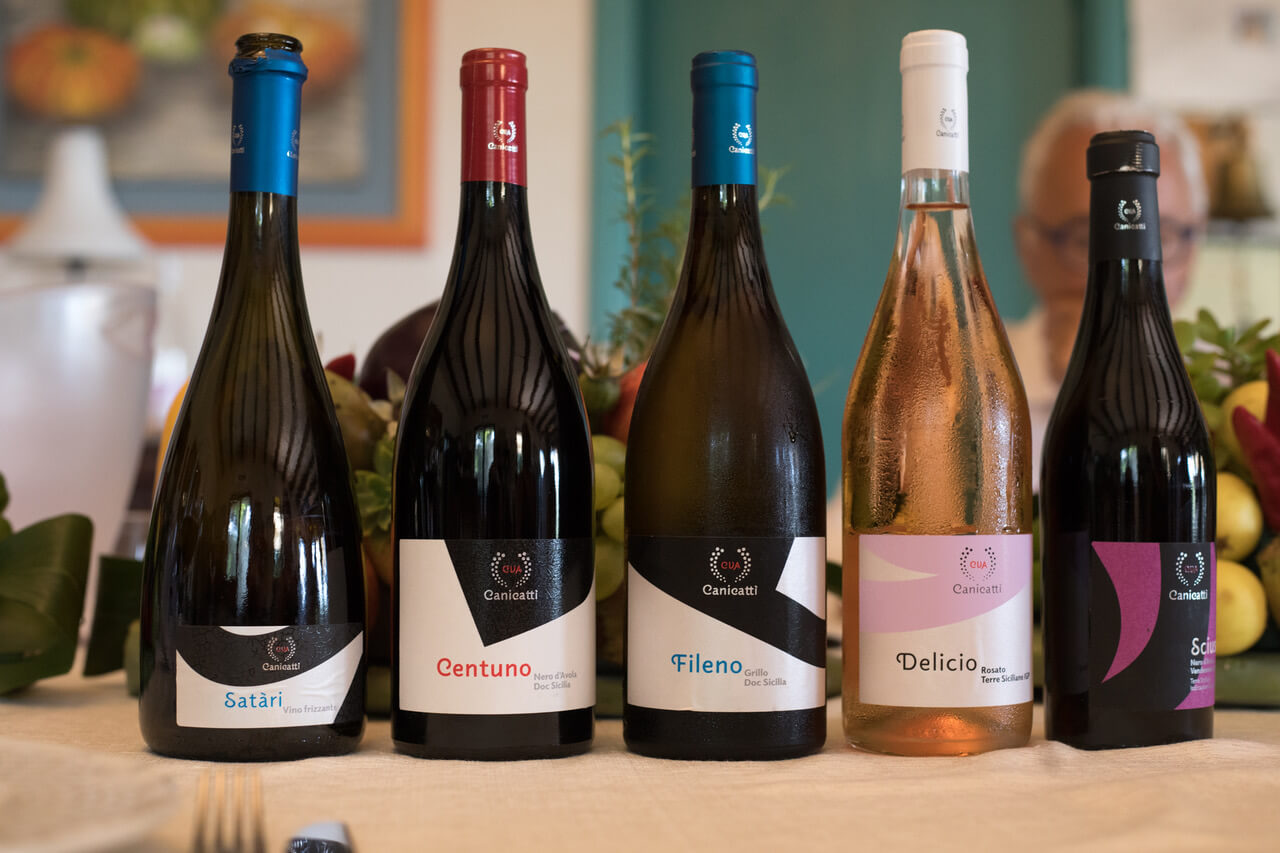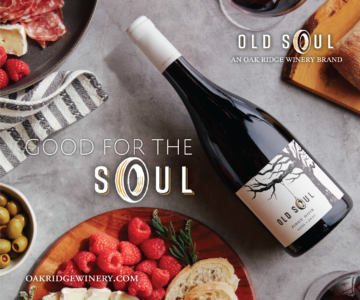Story and photos by Kevin Day
On a recent visit to Sicily, I heard — on numerous occasions — that Sicily is not a wine region but rather a “wine continent.” Somewhere along the way, they skipped a few jurisdictions with that phrase, but the overarching point is true. Italy’s largest region is viticulturally a complex place. Given that Sicilian fine wine is still a rather recent development — with several terroir and indigenous grapes on the rise — staying on top of its emergence requires quite a bit of effort.
So if you haven’t check in on Sicily recently (or ever, that’s okay, too) here are 10 things to known about this dynamic wine region.
- Sicily Is Italy’s Most Open-Ended Wine Region
Compared to the DOCG-heavy juggernauts of Piedmont, Veneto and Tuscany, Sicily seems like the Wild West, where winemakers are more apt to embrace the open-ended Sicilia DOC (or even Terre Siciliane IGT) for their best wines. And Sicilian wine fanatics would argue that the island’s top bottles could go toe-to-toe with any Italy.
- Nerello Mascalese Today…
The undisputed king of Sicilian wine today is Etna Rosso, a delicate and ethereal red wine made from Nerello Mascalese (with some Nerello Cappuccio at times) on the volcanic slopes of Etna. Think of it as Italian Burgundy (with prices skyrocketing to boot). Winemakers such as Frank Cornelissen, Passopisciaro and Tenuta delle Terre Nere have helped elevate the compelling wines to the top of Italian wine lists worldwide.
- …Perricone Tomorrow
Italian wine watchers are always on the hunt for the next big thing in grapes, and given the nation’s history of obscure varieties emerging from the shadows to conquer our attention, the fanaticism is justified. Perricone, which was nearly lost to phylloxera in the 20th century, may be poised for a breakout. Thriving in small plots in the Trapani province, its tannin and structure are beginning to turn heads among winemakers, who increasingly see it less for blending purposed and more for its varietal potential.
- Grillo Is Your New Sauvignon Blanc
Cataratto Bianco is still far-and-away the most widely planted variety in Sicily, but the grape (which is the backbone of Marsala) has lost ample ground to Grillo in recent decades because of the superior quality of the latter. Not only are producers turning to Grillo to make better Marsala (more on that in a minute), but they have also found that the grape makes a lean, mean dry white wine as well. With its piercing acidity, floral and herby aromas, and vivid flavors, the wine is often likened to Sauvignon Blanc. Grillo’s saline quality on the finish makes it a wonderful match for Sicily’s seafood-focused cuisine as well.
- Sicily’s Only DOCG is Perfect for Holiday Foods
In the appellation hierarchy of Italian wine, the DOCG level is top of the pyramid, yet for all of Sicily’s diverse terroir (including Etna!), Cerasuolo di Vittoria in the southern reaches of the island is the only DOCG. A blend of Nero d’Avola (30–70%) and Frappato (30-50%), this food-friendly and fruity red with delicate aromas is a compelling match with roast turkey, stuffing and — dare I say it — cranberries.
- Some of Sicily’s Producers Are at the Forefront of the Natural Wine Movement
Because of its dry climate, Sicily is ideally suited to organic viticulture in many of its key vineyard areas. Producers such as Arianna Occhipinti, Azienda Agricola COS and Frank Cornelissen — to name only a few — have made Sicily a prime terroir for the less-is-more movement, earning accolades for their expressive, precise wines.
- Marsala is Poised for a Comeback (Albeit a Small One)
Western Sicily may not have the prestige of Etna or the flair of Vittoria, but that wasn’t always the case. Marsala was once the finest wine in Southern Italy. Phylloxera, two World Wars, and an economic rebound that leaned on the wine as a cooking ingredient have all lead to a steep decline in Marsala’s stature. However, a few winemakers (lead by Marco de Bartoli) and a nascent winebar scene in the city of Marsala itself, is leading to a revitalization of Marsala. One direction the wine could take? An increase in “unfortified” Marsala, as producers return to the pre–John Woodhouse era wine known as vino perpetuo, a solera-based elixir of compelling complexity.
- Sicily Makes Some of Italy’s Best Sweet Wines
Need to finish the meal with a sweet digestif? Look no further. After all, few Italian regions are more famous for dolce than Sicily. Among the most iconic sweet wines is Passito di Pantelleria, from the island of the same name located in the Sicilian Straight. This golden-hued wine is crafted from air-dried Zibibbo grapes, and presents a honey-and-lemon-verbena punctuation mark at the end of an evening. It’s best-known (and most widely available) bottling is Donnafugata’s Ben Ryé. But passito wines cover a wide spectrum across the island. Look to the Aeolian Islands of Lipari and Salina (where Malvasia thrives), as well as stand-alone wines from Gorghi Tondi and Occhipinti.
- International Grapes Paved the Way for Today
In the 1980s through 2000s, Sicily’s potential for fine wine was recognized by the international wine press for the first time since Marsala took the industry by storm in the late 1700s. However, much of this acclaim was directed at individual wines made from Chardonnay, Syrah and several Bordeaux varieties. Today, the story is much different: Nerello Mascalese, Nero d’Avola, Grillo and Frappato are rightly garnering the headlines they deserve, but it was the international varieties that proved to the world that Sicily’s terroir was superb, and a few excellent bottlings of Chardonnay and Syrah can still be found at superb prices.
- Co-Operatives Are Changing the Game Locally

Despite the success of Produttori del Barbaresco, Cantina Terlano and Mezzacorona, Italy’s co-operative wineries still have a reputation for uninspired bulk wines. That used to be especially the case in Sicily, but a handful of co-ops are adopting new standards and turning out fine juice as a result. Perhaps the most noteworthy co-op at the moment is CVA Canicattì near the city of Agrigento, whose 300 growers have banded together to make some of Sicily’s best rosé as well as an exquisite red blend of Nero d’Avola and Nerello Cappuccio called Calio (think: Cru Beaujolais meets southern Italy). Also look for the wines of Centopassi near Palermo.[/vc_column_text][vc_column_text css=”.vc_custom_1543368579356{padding-top: 20px !important;}”]Yes, the land of Sicily is complex, ever-changing and hard to pin down. But the rewards of exploring its wines are deeply gratifying.


